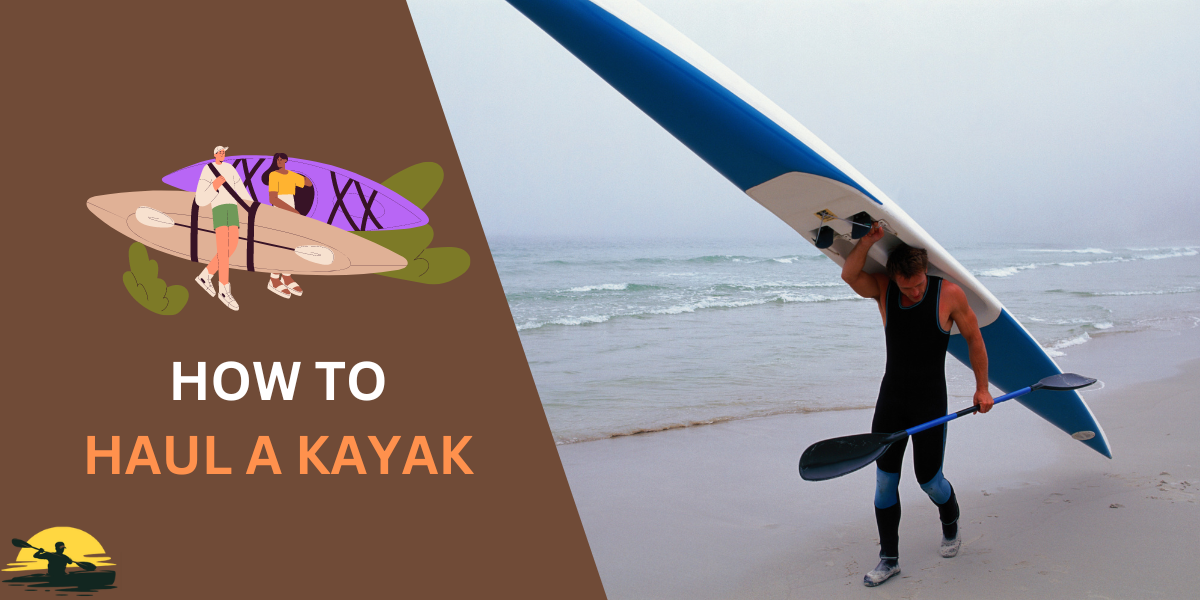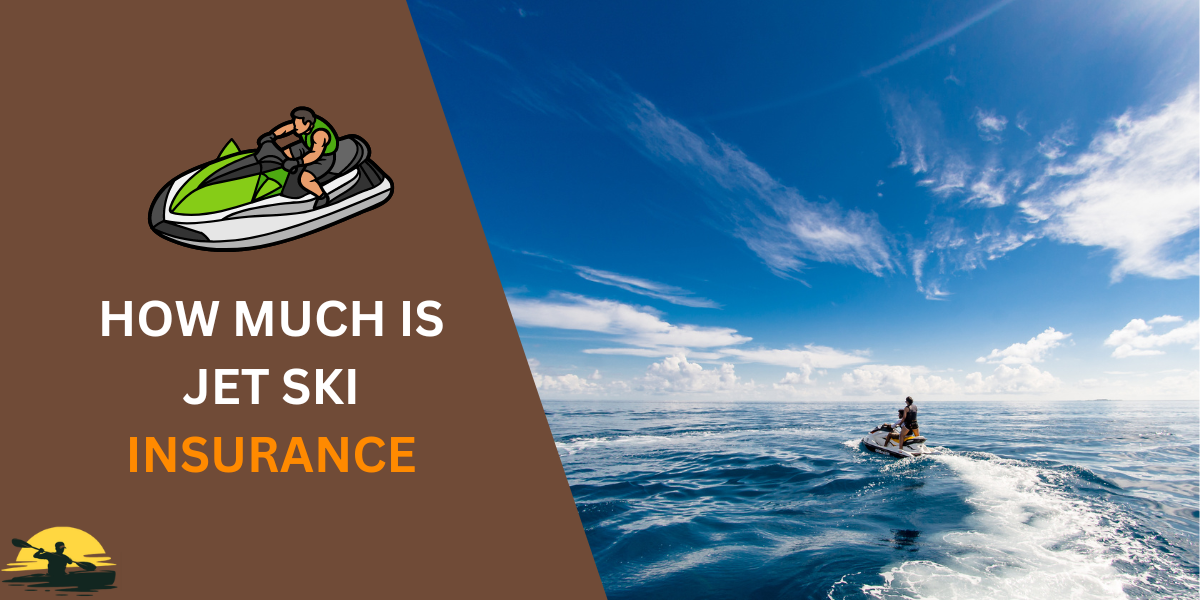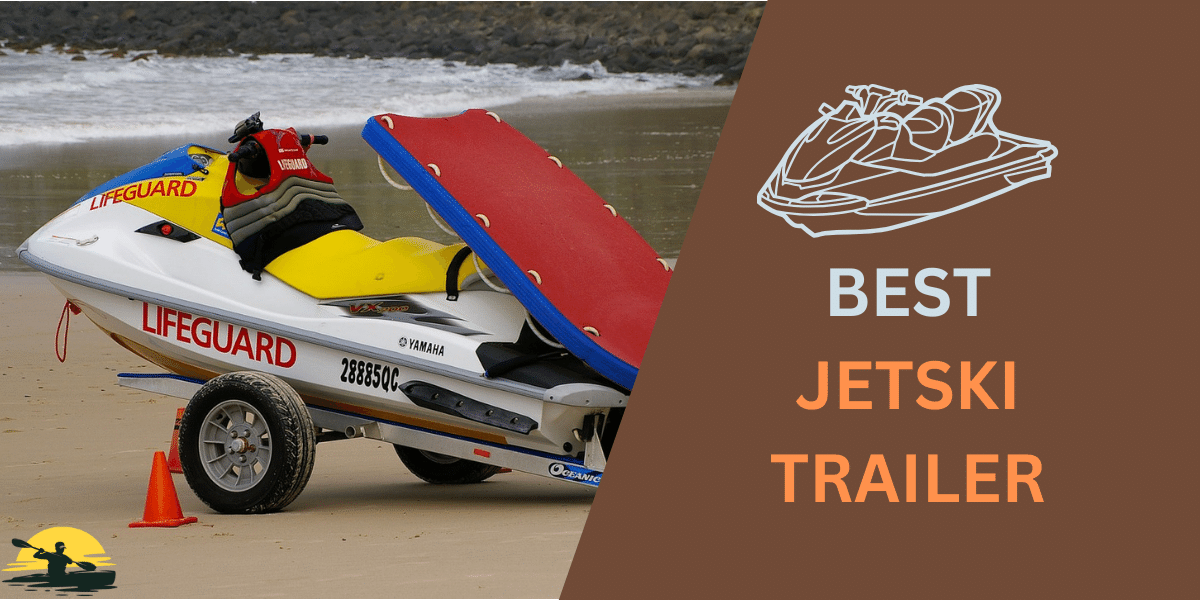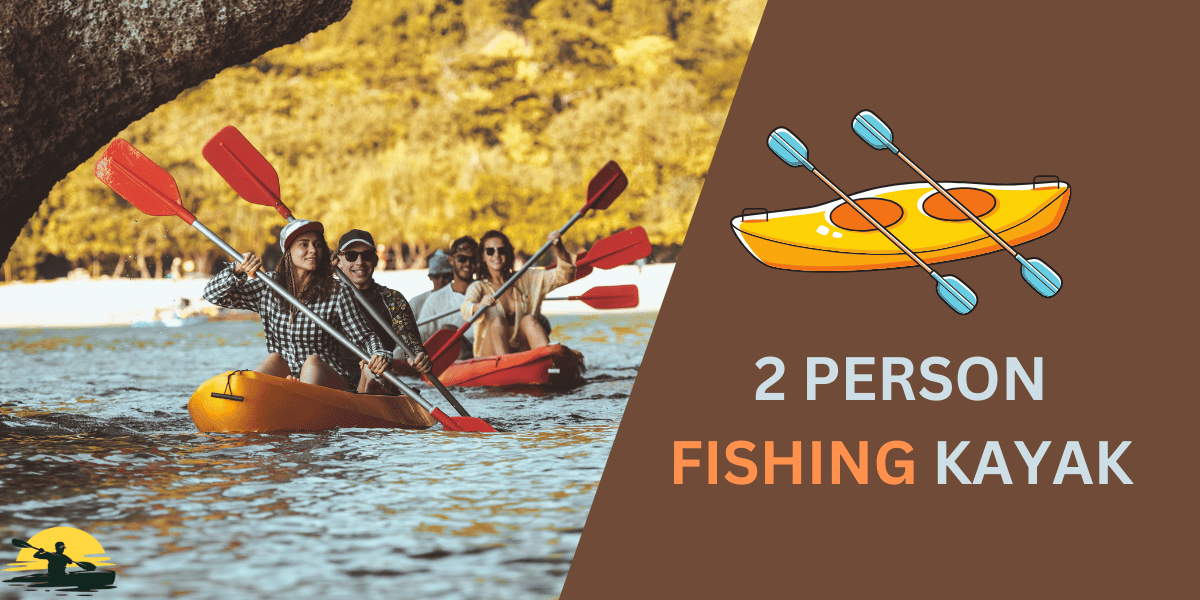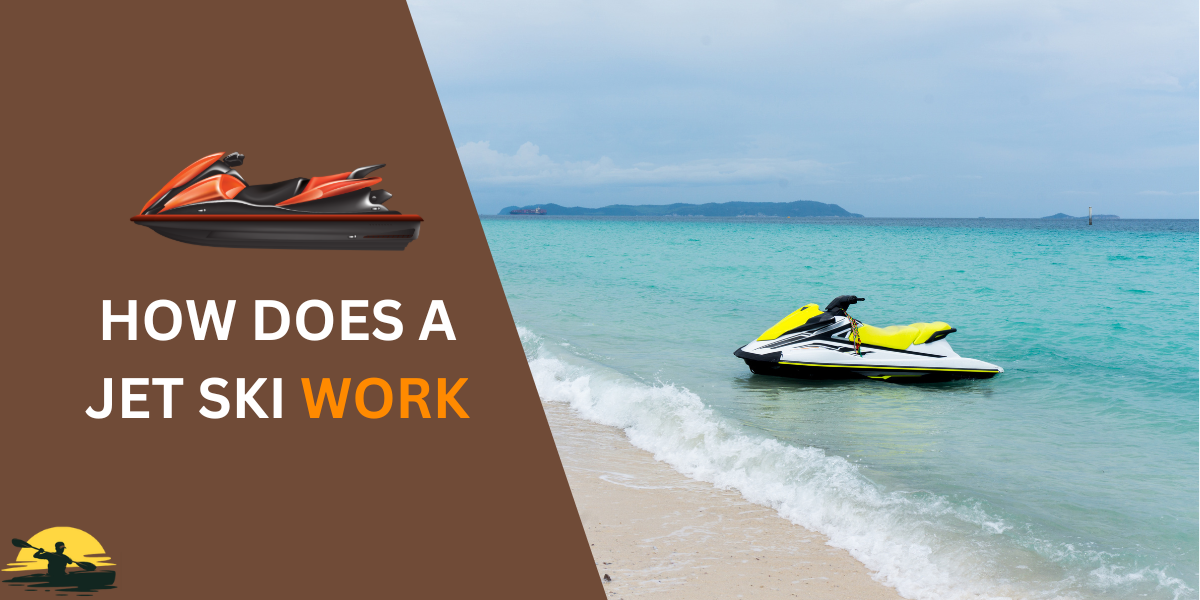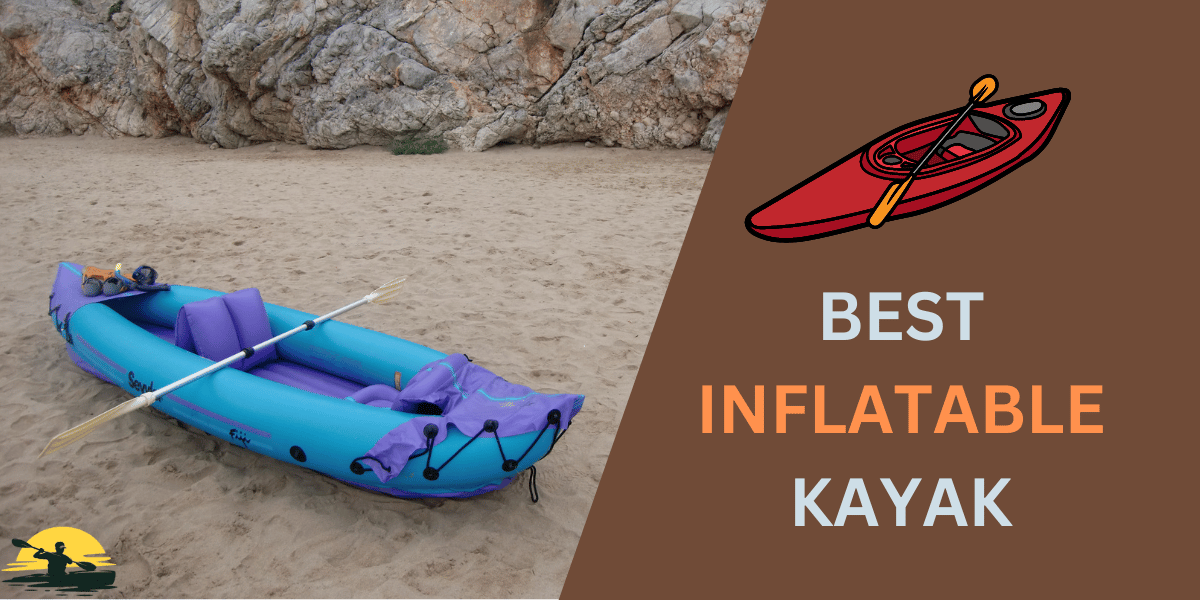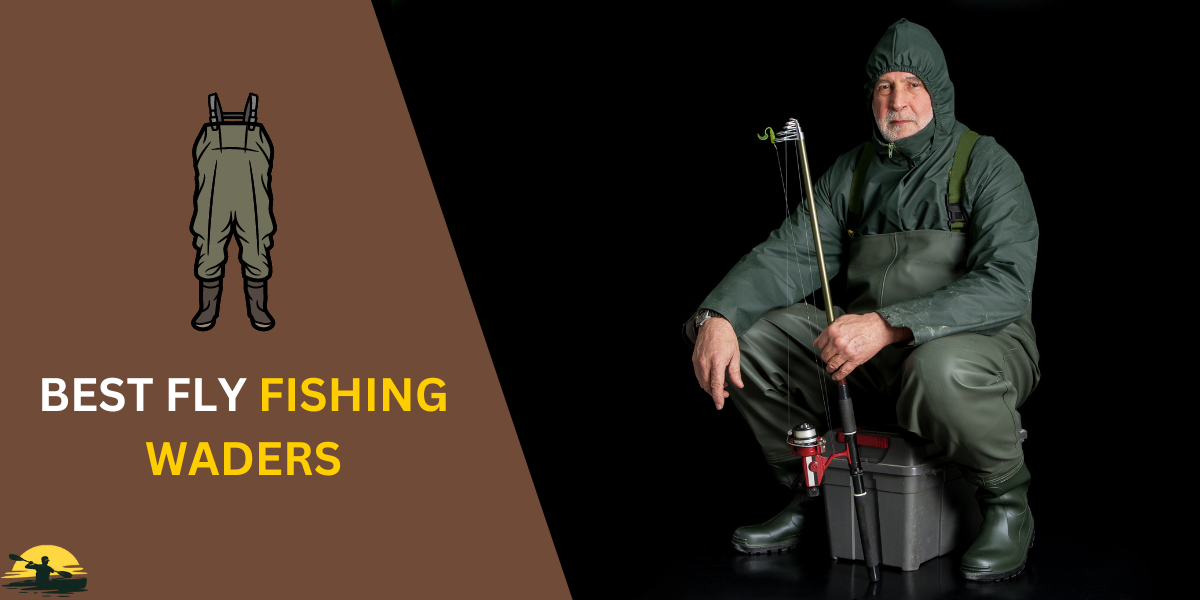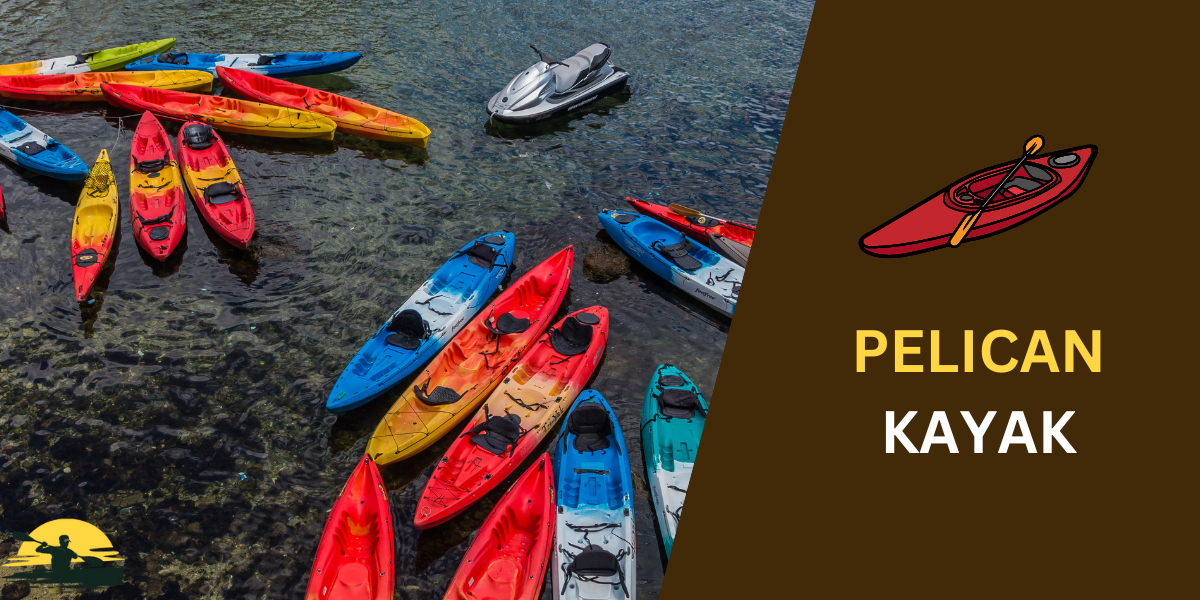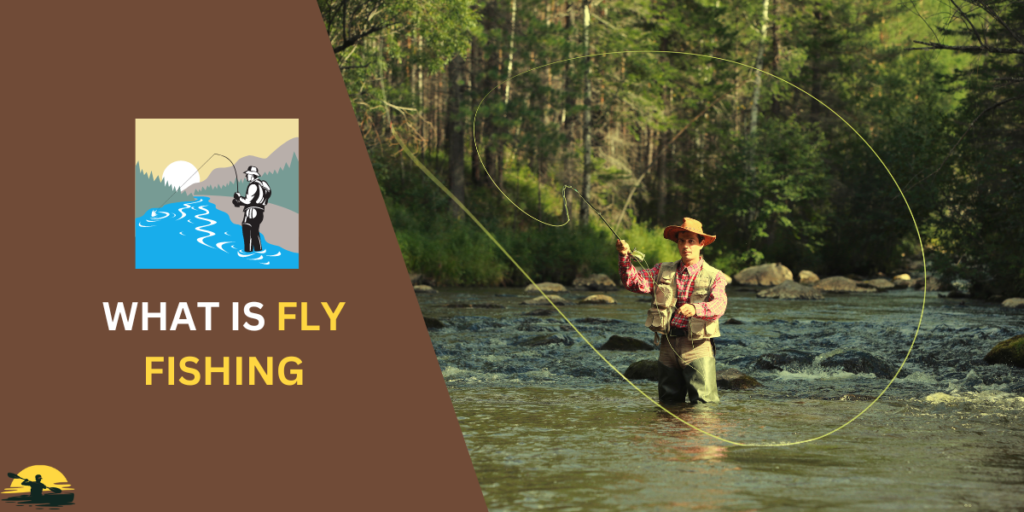
Have you ever seen someone fishing with what looks like a giant feather?
That’s fly fishing! Instead of worms or bait, fly fishers use colorful flyfish tied to look like bugs or small fish. They cast these flies with a long fly rod and a special fly line.
Fly fishing is a fun way to fish in rivers and lakes, but you can even fish fly fishing in the ocean for saltwater fish!
- Fly fishing is a unique way to catch fish using artificial flies that mimic insects.
- It requires special gear like rods, reels, and lines, and a skillful casting technique.
- A centuries-old practice, fly fishing connects people with nature and promotes conservation.
- It offers physical and mental health benefits while providing diverse fishing opportunities.
- Whether in freshwater or saltwater, fly fishing is an exciting way to experience the outdoors.
A Brief History of Fly Fishing

- Ancient Roots: Fly fishing isn’t new! It dates back centuries, with early anglers using feathers and fur tied to hooks to mimic insects and entice fish.
- Simple Beginnings: These first fly fishers didn’t have the specialized fly fishing gear we have today. They likely used basic poles and lines.
- Evolving Techniques and Tools: Over time, people became more skilled at crafting realistic fly fish and developed better equipment, like specialized fly rods and fly reels.
- Diverse Pursuits: Today, fly fishing has branched out into various forms. Some anglers prefer freshwater fly fishing for species like trout and bass, while others enjoy the challenge of saltwater fly fishing for tarpon and bonefish.
- More Than Just Fishing: Throughout its history, fly fishing has always been about more than just the catch. It’s a way to connect with nature, enjoy the outdoors, and experience the thrill of outsmarting fish.
How Fly Fishing Works

- Fly Fishing Fooled You: Fly fishing isn’t like regular fishing with worms or bait. It’s more like a game of pretend! Fly anglers use colorful fly fish that look like the bugs or bait fish that live in the water. The goal is to fool the fish into thinking the fly fish is a real snack.
- Whip It Good: Anglers use a special whip-like motion called a fly cast to get the fly fish to the fish. This cast sends the fly line (which is attached to the fly fish) sailing through the air. The line is heavy, and it pulls the light fly fish along with it. Imagine throwing a baseball attached to a rope – the baseball goes flying!
- Fishy Detective Work: But it’s not just about chucking the fly fish out there. Experienced fly anglers know how to “read” the water, figuring out where fish might be hiding and what they might be eating. Then, they try to place the fly fish right where the fish are, hoping for a bite. The whole thing is like a puzzle, and when you catch fish, it feels like you’ve solved it!
Essential Fly Fishing Equipment
Fly fishing might seem complicated with all the different fishing gear, but it’s really not that scary once you break it down.

- The Fly Rod: This isn’t your grandpa’s fishing pole! A fly rod is long and thin, designed to fling those lightweight artificial flies. There are different sizes for different fish and fishing spots. A shorter rod might be good for small streams, while you’d want a longer one for casting farther on big rivers.
- The Fly Reel: This gadget holds your fly line and helps you reel in fish. It has a special brake called a drag, which lets the fish pull out the line so it doesn’t break.
- The Fly Line: This isn’t just any old string! It’s thick and coated with plastic, so it floats or sinks depending on what kind of flies you’re using and where the fish hang out.
- The Leader and Tippet: These are clear, thin pieces of line that connect your fly to the fly line. They’re almost invisible underwater, so the fish don’t get spooked.
- The Flies Themselves: These are the stars of the show! There are tons of different artificial flies designed to look like the insects, bait fish, or other critters that fish eat. There are even saltwater flies for ocean fishing!
- Other Goodies: Fly anglers also use things like waders (waterproof pants) to keep dry in rivers, vests to hold all their gear, and a good pair of polarized sunglasses to help them see fish underwater.
It might seem like a lot, but don’t worry. You can start with basic gear and build your collection over time as you learn more about this awesome sport!
The Benefits of Fly Fishing
Fly fishing isn’t just about catching fish; it’s a full-body, mind-boosting adventure!

- Nature’s Classroom: Picture this: standing in a cool river, surrounded by trees and the sounds of birds. The sun warms your face as you focus on casting your line. It’s like a mini-vacation!
- Learning Never Stops: Fly fishing has a bit of a learning curve. You’ll need to figure out which flies work for different fish, how to read the water and perfect your casting technique. But that’s the exciting part! Every trip is a chance to get a little better.
- A Helping Hand for Nature: Fly anglers care about the environment. They often join projects to clean up rivers and streams, ensuring there are plenty of fish for everyone to enjoy.
- Healthy You: Fly fishing isn’t just about standing around. You’ll hike, wade, and cast – it’s a great workout! Plus, being in nature is like a natural mood booster.
- Fishing Buddies: Fly fishing is a social sport. Join a club or take lessons with other beginners. You might even make some awesome new friends who share your love of the sport.
So, even if you don’t catch a fish every time (and you won’t!), fly fishing is still a blast. It’s about being outdoors, learning new skills, and having a great time with friends. And let’s face it, who doesn’t love the feeling of outsmarting a fish?
Getting Started with Fly Fishing
Ready to give fly fishing a shot? Awesome! It’s easier than you might think to get started. Here’s how:
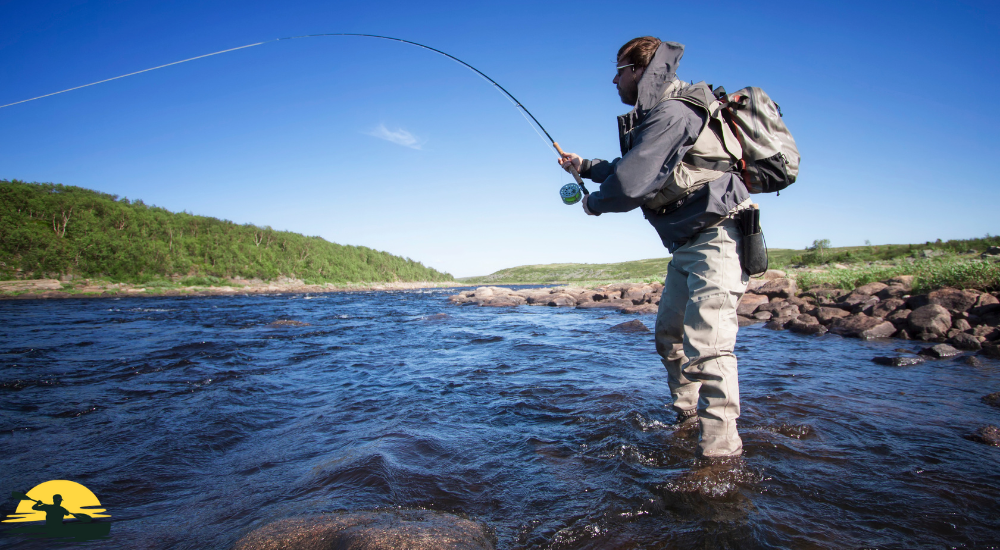
- Find a Friend: The best way to learn is by finding an experienced fly angler who can show you the ropes. They can teach you to fly casting, help you choose the right gear, and share their secret fishing spots.
- Take a Lesson: Even if you have a fly fishing buddy, taking a lesson or two is a great idea. You’ll learn the right way to cast and get tips on how to pick the right flies for different fish species.
- Do Your Homework: Before you hit the water, do some research on the area where you plan to fish. Different rivers and lakes have different rules about what kind of fish you can catch and how many you can keep. Plus, you’ll want to know which fish live there so you can choose the right flies.
- Start Simple: You don’t need to buy every fancy gadget right away. Start with a basic setup and a few flies that are known to catch fish in your area. You can always upgrade your gear later.
- Enjoy the Ride: Remember, fly fishing is all about having fun. Don’t get discouraged if you don’t catch fish right away. Just enjoy being outdoors, learning new things, and trying to outsmart those sneaky fish!
Different Ways to Fly Fish
Once you’ve got the basics down, you can start exploring all the different kinds of fly fishing out there. There’s a whole world to discover!
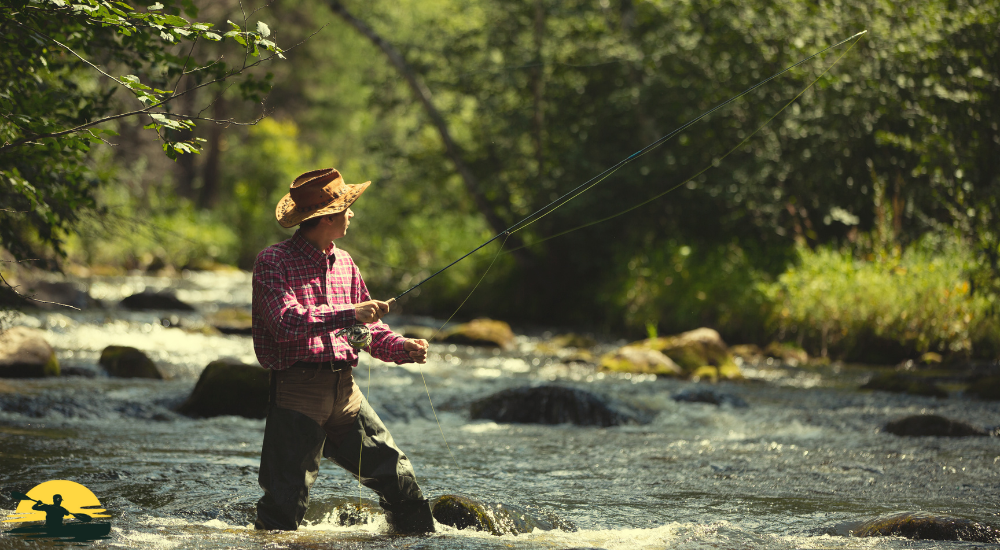
- Rivers and Lakes: This is where most people start. You can find all sorts of fish in freshwater, from tiny little panfish to big, fighting trout. You might wade into a stream with your trusty wading boots to catch an aggressive brook trout or head out on a boat to chase after largemouth bass.
- Salty Adventures: If you’re up for a challenge, try saltwater fly fishing! You’ll be casting for fish like striped bass, redfish, bonefish, and even sharks. This type of fishing usually happens in the ocean or along the coast, and you’ll need specialized gear and flies.
- Warm Water Fun: Not all fish like cold water. In warmer areas, you can fly fish for species like bass, pike, and even carp. This type of fishing is often done from a boat, but you can also wade in shallow water.
- Special Skills: As you get better at fly fishing, you can try out different techniques. For example, you might learn how to tie your flies, which is like making tiny works of art. Or you could try a method called “nymphing,” where you use flies that sink to the bottom to catch fish that are feeding on underwater insects.
No matter what kind of fly fishing you choose, remember that it’s all about having fun and enjoying the outdoors. So get out there and explore! Who knows what kind of fish you’ll discover?
Conclusion
Fly fishing is way more than just a way to catch fish.
It’s a cool mix of art, science, and outdoor fun. Whether you’re whipping your fly line across a calm lake for trout or chasing after saltwater species in the ocean, fly fishing is an adventure that never gets old.

There’s always something new to learn, whether it’s mastering a tricky cast, tying the perfect artificial fly, or figuring out where the fish are hiding. And even if your rod tip doesn’t bend with a bite every time, you’ll still have a blast being outside and enjoying nature’s beauty.
So, if you’re ready to try something new and exciting, give fly fishing a shot. Who knows? You might just fall in love with this amazing sport!
Frequently Asked Questions
What makes fly fishing different from regular fishing?
Fly fishing uses artificial flies to mimic insects or baitfish, while regular fishing often uses live bait or lures. It also requires specialized gear like fly rods and lines and involves a unique casting technique.
Is fly fishing only for trout fishing?
While trout are a popular target for fly anglers, fly fishing can be used to catch a variety of fish species in both freshwater and saltwater. Bass, pike, bonefish, and even sharks can be caught on a fly!
Do I need to be an expert to start fly fishing?
Absolutely not! While fly fishing has a learning curve, beginners can easily get started with basic gear and a few lessons. The most important thing is to have fun and enjoy the process of learning.
Is fly fishing expensive to get into?
It can be, but it doesn’t have to be. You can start with a basic setup and upgrade your gear as you become more experienced. There are also many resources available to help beginners learn and find affordable gear.
Where can I fly fishing?
Fly fishing opportunities are everywhere! You can find trout streams in the mountains, bass ponds in your neighborhood, or even saltwater flats near the coast. Could you do some research to find out what types of fish are available in your area and where you can access them?


